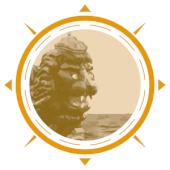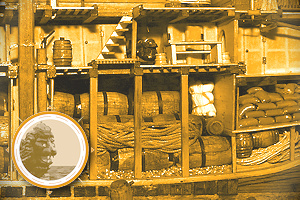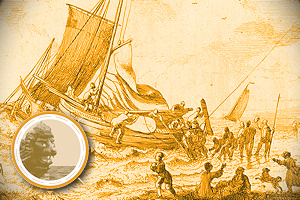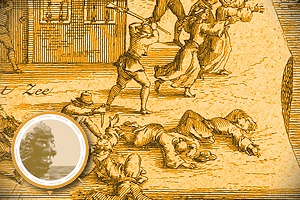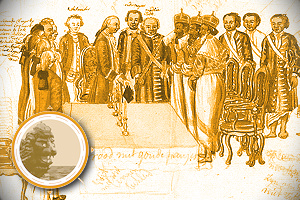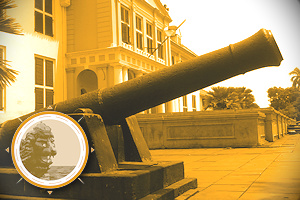From the sixteenth to the eighteenth century, European trading companies entered the Asian market in search of the famed spices of the Moluccas, Chinese silk, as well as Indian pepper and textiles, Persian gold and Japanese red copper bullion. The history of Asian-European interaction is complex and multifaceted. This section offers documents on both the positive and the negative sides. Exploring new contacts and lands, thedevelopment of science (languages, natural history, geography), the transfer of technology and diplomatic relations were all important aspects of seventeenth and eighteenth century globalization. Heroic voyages and discoveries still inspire the imagination. But the violent arrival of European ships in Asian waters, and the subsequent conquests, occupations and wars are the other side of the coin.
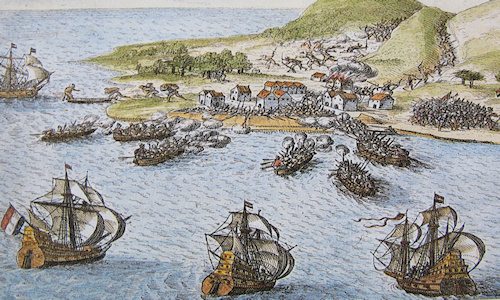
The Malay and Indonesian region and Asia at large were inescapably connected to global developments. The documents selected in these categories throw more light on the organization and logistics of the VOC as a European trading company alongside other such companies. They illustrate its operations in Asian waters, its settlements and (pre)occupations. Its role in the Intra-Asian trading world and its use of European military and shipping technology is also to be found in these documents.
